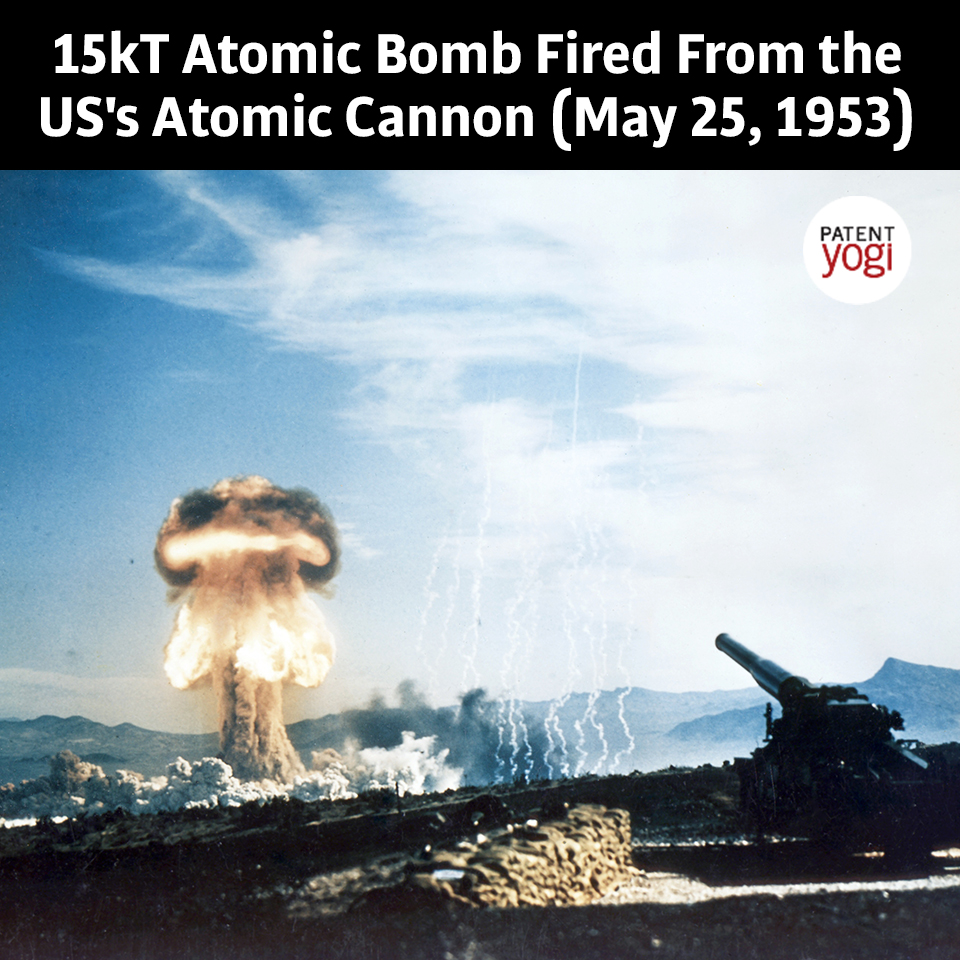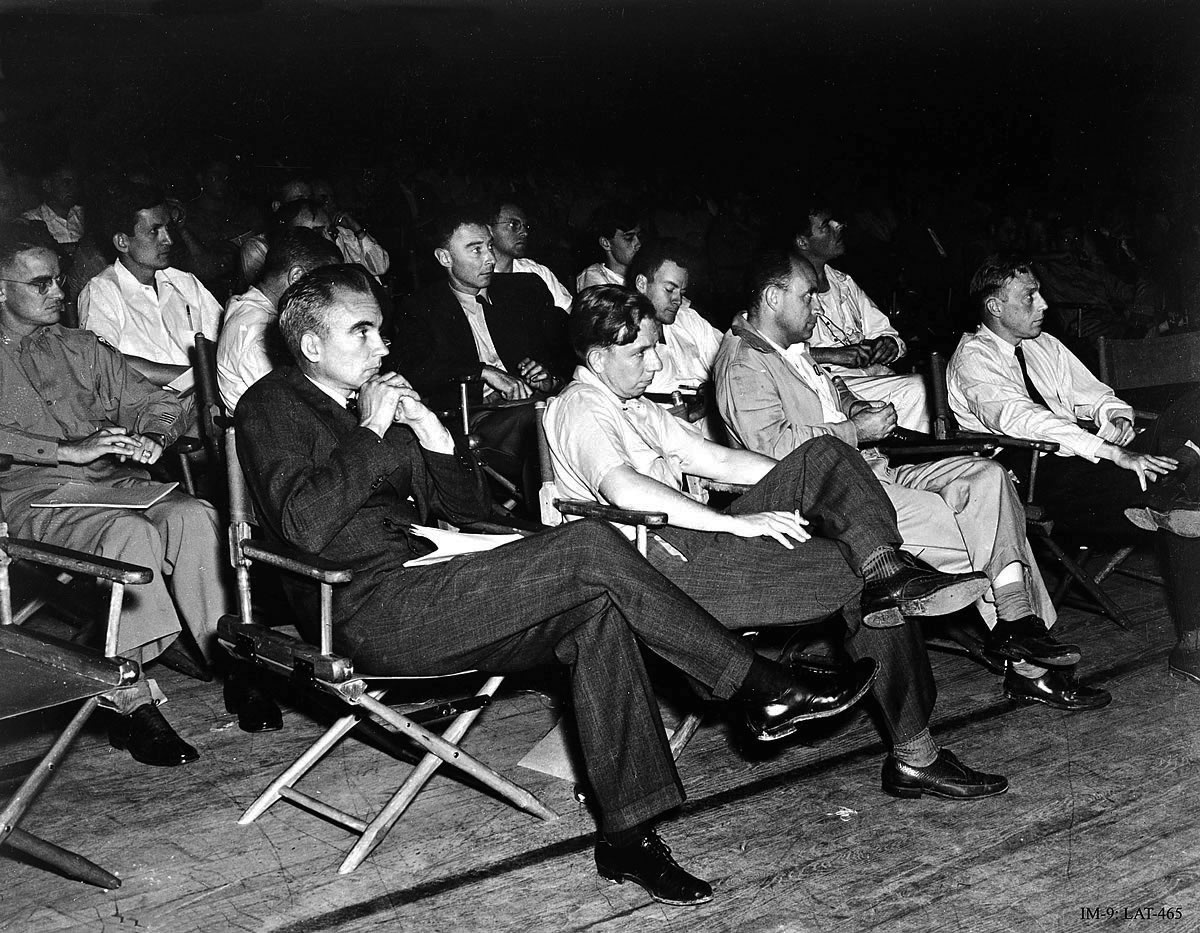The Manhattan Project was a research and development project that produced the first nuclear weapons during World War II. It was led by the United States with the support of the United Kingdom and Canada.
Two types of atomic bomb were developed during the war; a relatively simple gun-type fission weapon was made using uranium while a more complex plutonium implosion-type weapon was designed concurrently.
Many famous physicists were part of the project including Norris Bradbury, John Manley, Enrico Fermi, J. M. B. Kellogg, Robert Oppenheimer and Richard Feynman.
Although the project was a super secret endeavor, but many scientists and engineers working on the project were furiously filing secret patent applications that described details of many parts of the bomb. Those patents were never published and have stayed in a vault at the U.S. Patent Office.
The patent system is designed such that it goes totally against the secrecy requirements of such secrets projects. Patents are designed to provide full details of the technology, such that any engineer working in that domain can understand the technology and possibly replicate it.
The atomic bomb patents show up only as footnotes in most historical accounts. So the patents for the bomb are still a secret. But hundreds of other patents on various components have been declassified and published over the years.
Here is one such patent. This patent is for the Calutron, an electromagnetic method for separating uranium-235 from natural uranium.
Publication number: US2709222 A
Patent Title: Methods of and apparatus for separating materials
Publication date: 24 May 1955
Filing date: 9 Oct 1944
Priority date: 9 Oct 1944
Inventors: Lawrence Ernest O
Original Assignee: Lawrence Ernest O


